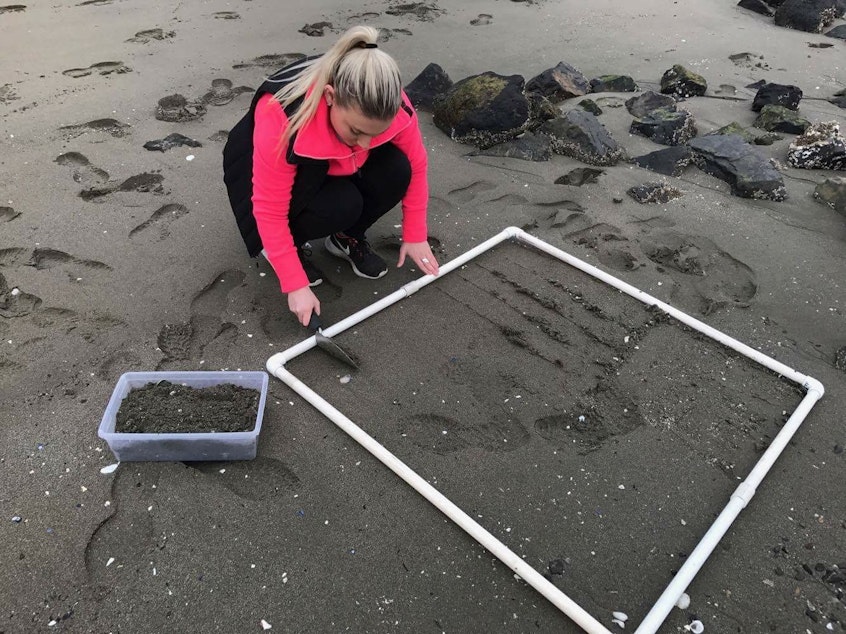Every time you wash a fleece, its fibers might be polluting a beach

If you put any fleeces in the wash lately, there’s a chance small pieces of plastic fibers from the clothing could be sitting on the sands of a Puget Sound beach.
A recent University of Washington graduate conducted a local study on microplastics. They’re teeny, tiny pieces of plastic that can be smaller than a grain of rice.
Oceanography graduate Frances Eshom-Arzadon came across thousands of them when working on her senior thesis project.
All of them were split up into six different types: fibers, pieces of film, synthetic sponges, pieces of Styrofoam, fragments and flakes.
The most frequent finding? Microfibers. The study said the fibers most likely came from washing machine discharge or breakdown of fishing gear.
Sponsored
Eshom-Arzadon said she wasn’t expecting to find so many of them. They accounted for about 73 percent of her total findings.
One University of Washington researcher said studies like these could provide a better understanding of local plastic pollution. Another report said clothing companies like Patagonia are researching just how microfibers could be harmful to the environment.
So for now, that’s the buzz about the fuzz.

